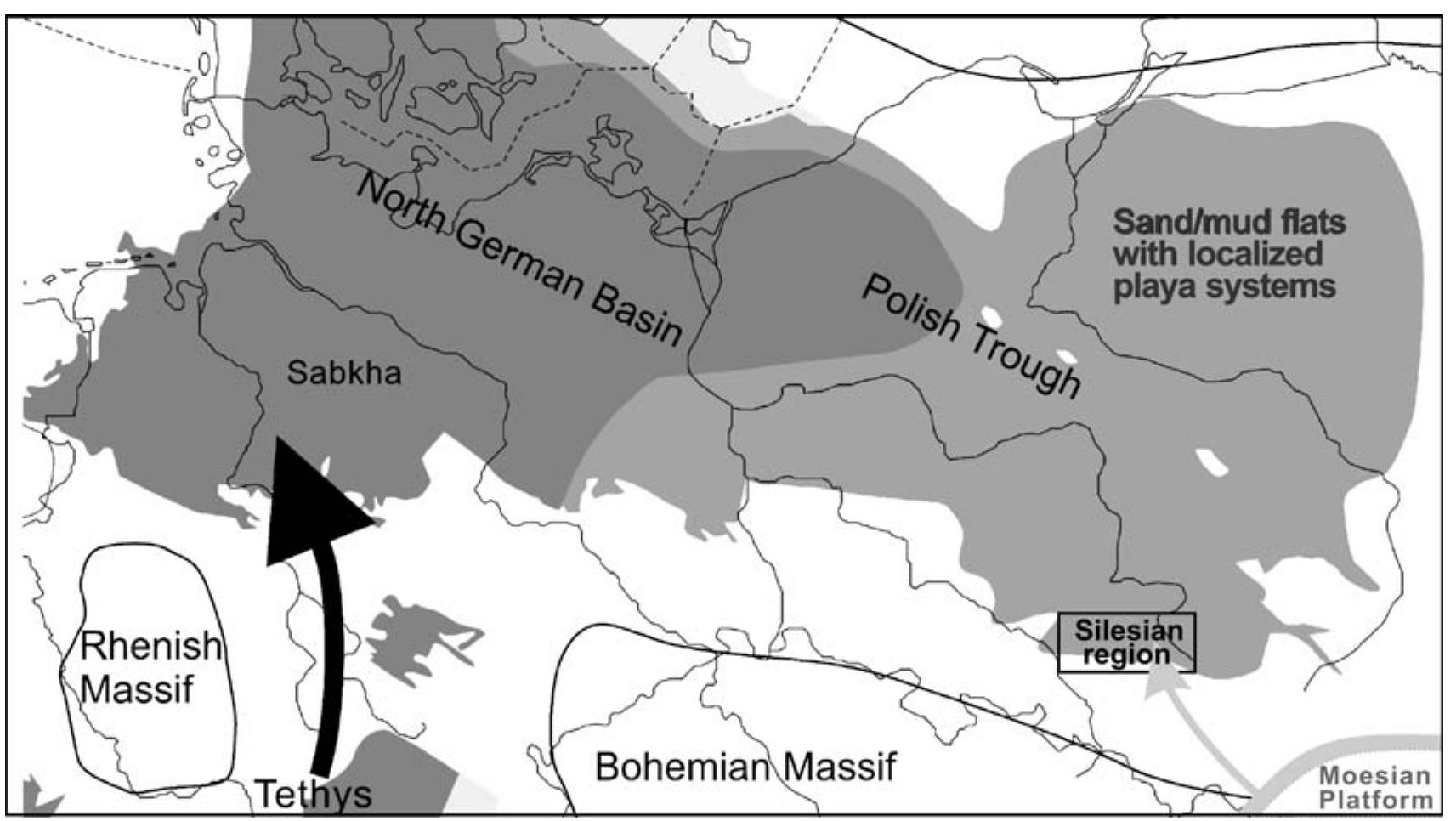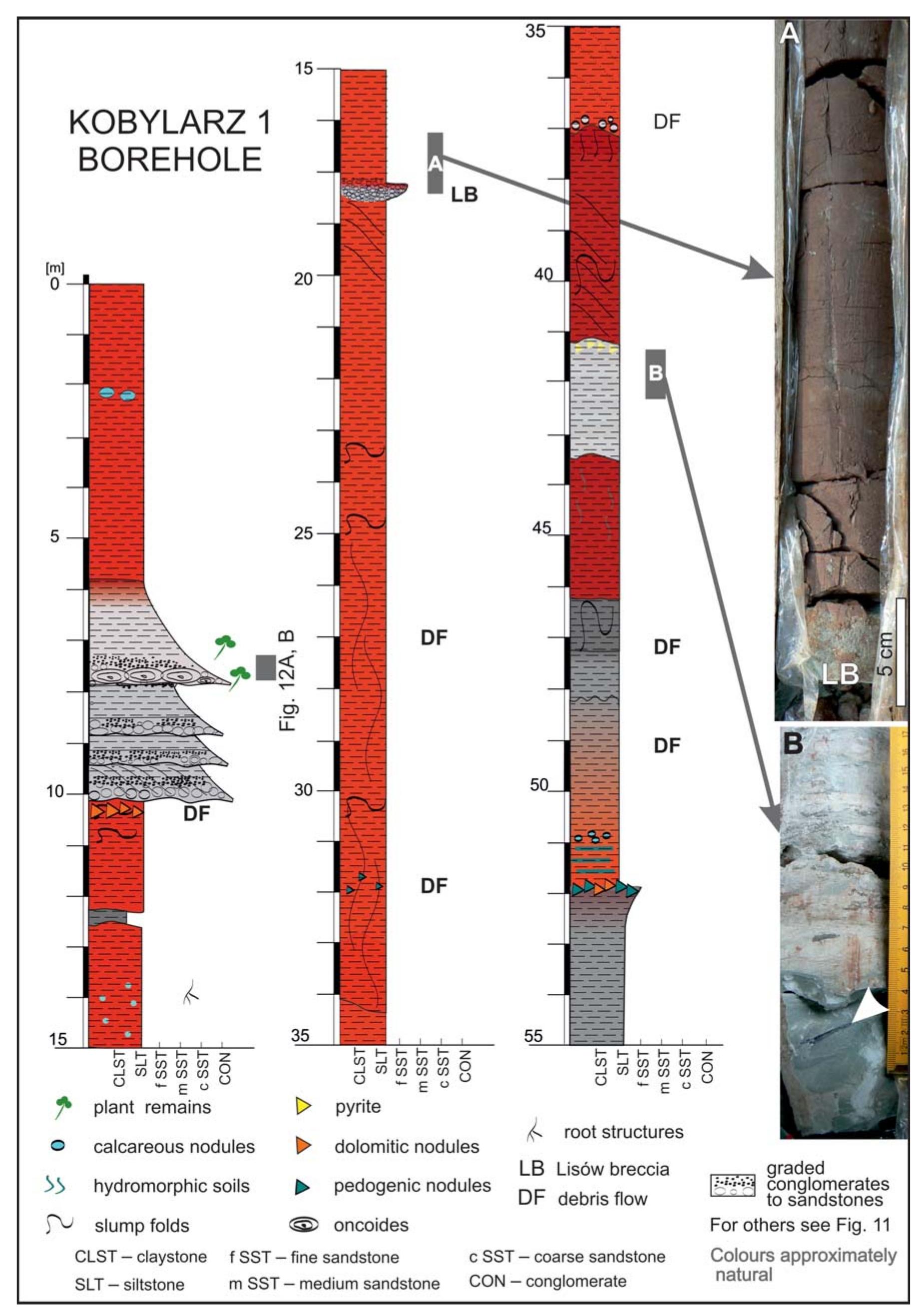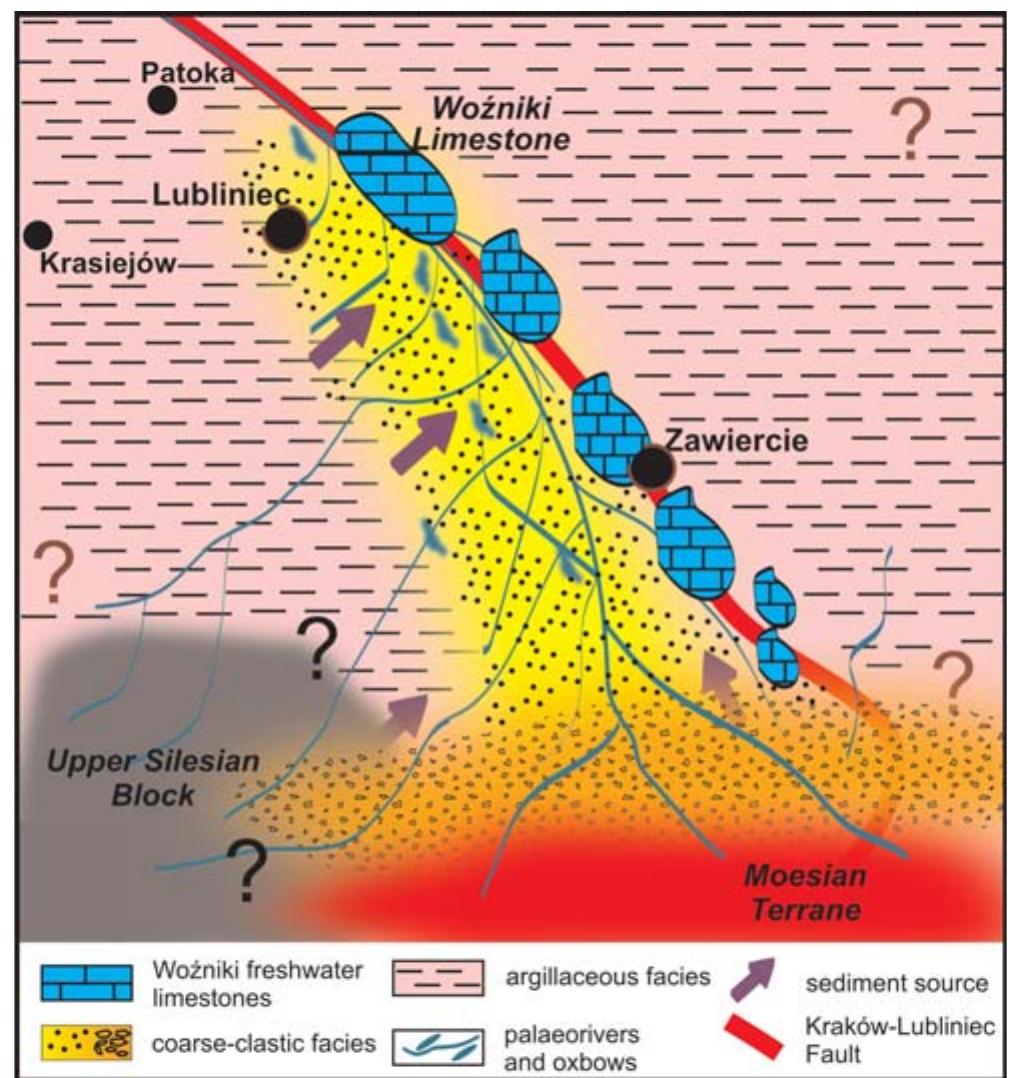Key research themes
1. How does vegetation influence flow distribution and morphology in anastomosing river systems?
This theme investigates the critical role of aquatic and riparian vegetation in shaping the hydraulic and geomorphological characteristics of anastomosing rivers. These multi-channel systems have stable channels separated by vegetated islands, and vegetation affects flow distribution, sediment transport, and channel stability. Understanding vegetation's hydraulic effects is key to predicting river evolution and managing anabranching systems, which differ from braided and single-thread rivers.
2. What are the hydromorphological and ecological challenges of river modification and connectivity loss including river relocations, fragmentation, and barriers?
This theme explores anthropogenic alterations to river channels and networks, including channel relocation, damming, and river fragmentation, emphasizing impacts on river naturalness, ecosystem connectivity, and sediment and water quality. It includes the consequences of river disconnection from groundwater, degradation of habitat quality, and impediments to fish migration. Understanding these impacts is fundamental for designing effective river rehabilitation and for balancing infrastructure development with ecological integrity.
3. How can river flow regimes and connectivity be managed to sustain ecological functions and support river restoration in the Anthropocene?
This research theme addresses the importance of flow variability—magnitude, timing, frequency, and connectivity—to maintain geomorphic and ecological processes in rivers, especially in altered or regulated systems. It discusses frameworks and approaches for functional flow management, environmental flow assessment, and conceptual paradigms for river repair that recognize shifts in ecosystem states in the Anthropocene. Insights include balancing sediment transport, flow pulses, and connectivity restoration to enhance river resilience and guide restoration efforts.










































































































